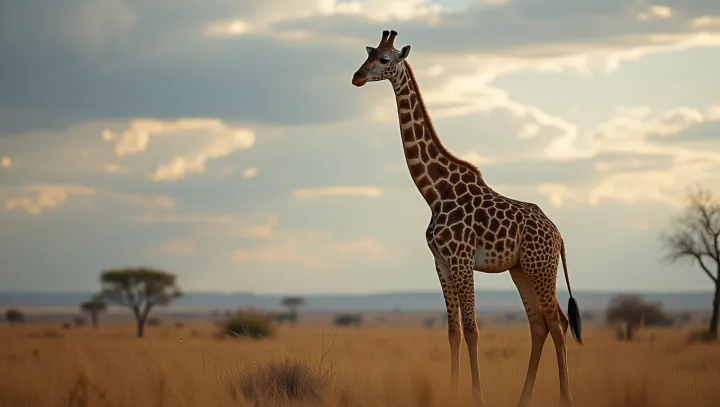Giraffes' Weakness Exposed: A Growing Concern

In the grassy savannas of Africa, the giraffe, a symbol of grace and majesty, now faces significant threats that question its continued survival. Known for their towering necks and distinct spotted coats, these iconic mammals are being evaluated by scientists in an alarming new study that reveals their weaknesses to both old and recent adversities. The primary threat includes severe climate shifts that have resulted in dwindling food sources and water scarcity.
These environmental stressors are exacerbated by human encroachments and habitat fragmentation, leaving giraffes with limited safe grounds to roam. Furthermore, rising temperatures have intensified predation, as giraffes become more vulnerable during the exhausting search for distant resources. Dr.
Emily Carter, a renowned wildlife biologist, noted that the giraffes' long necks, while perfect for reaching treetops, make them susceptible to certain predators and strain their cardiovascular systems. This physiological disadvantage is becoming increasingly problematic in the evolving African landscape. Efforts to conserve these gentle giants are critical.
Habitat preservation and strategic breeding programs are among the solutions being proposed by various wildlife conservation organizations. These initiatives aim not only to stabilize giraffe populations but to rehabilitate ecosystems that sustain them. As the conversation around giraffe conservation gains momentum, it reflects the broader discourse on biodiversity preservation.
The struggles of the giraffe are a poignant reminder of the complex interdependencies within our natural world and the urgent need to protect vulnerable species before it's too late.
